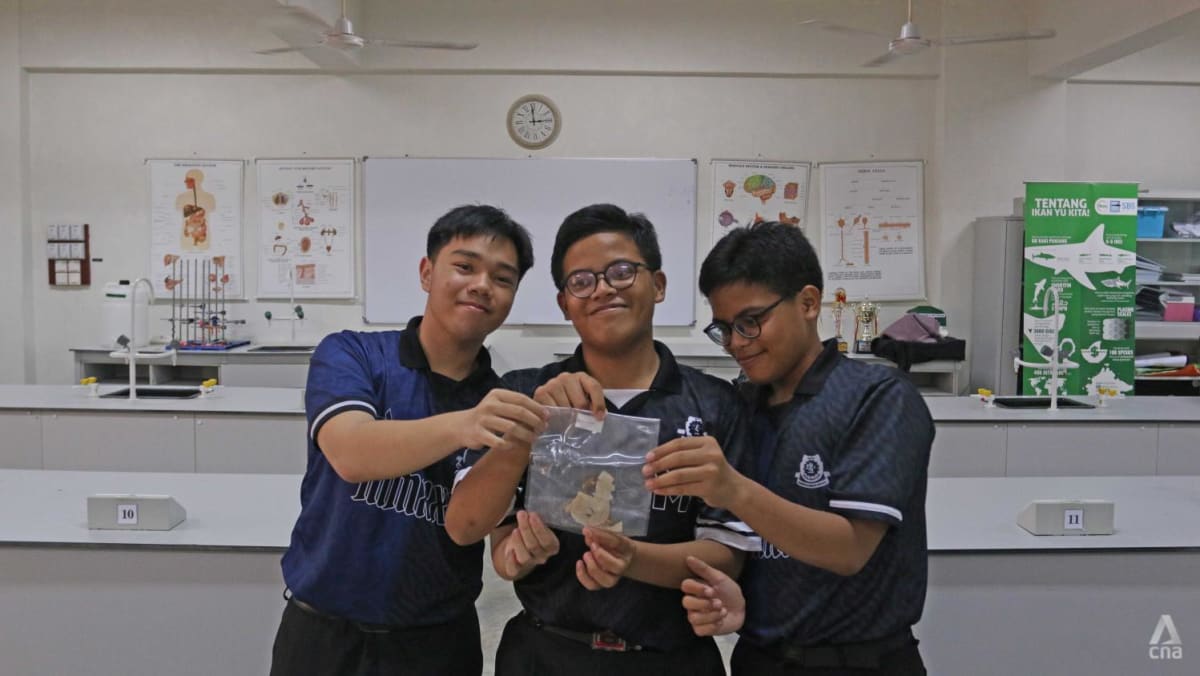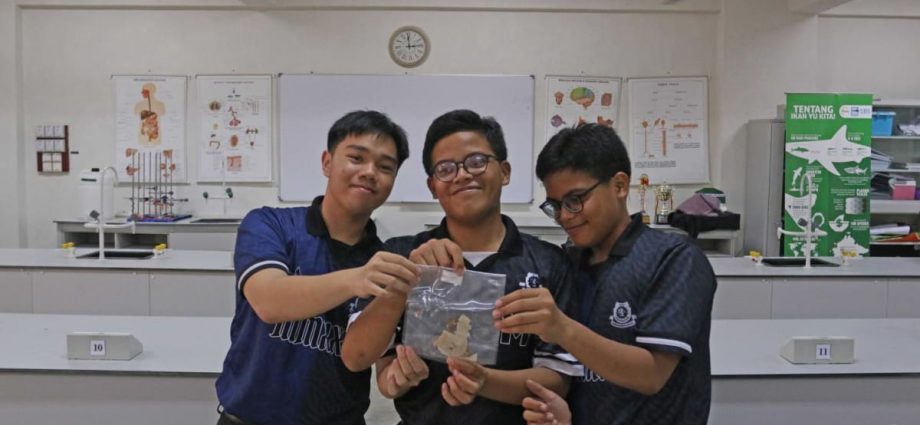
“With bioplastics, it’s a bit more different because it’s not really a single source raw material. You have guys who are using tapioca, fiber waste, seaweed or protein,” he explained.
“So, there is no ‘Petronas’ or ‘BP’ for the industry to lean on while it finds its footing, because everyone is doing their own thing. It’s quite hard to reach the economy of scale.”
Chung is confident that in terms of production processes and technical specifications, his company is not that far off from making bioplastics mainstream.
“The only thing that is hindering the growth of bioplastics is actually the users of plastics or packaging material themselves,” he said, adding that compromise is needed to balance the advantages and flaws of bioplastics.
Ultimately, Chung thinks that projects like the one by the three students in Semporna are encouraging. He is hopeful that these bottom-up efforts will attract bigger players.
“Hopefully it will go up the chain to policymakers and industry players on how to actually adopt these movements into their everyday practices, rather than just a PR stunt or greenwashing,” he said.
WILL BIOPLASTIC SOLVE MARINE POLLUTION?
With that said, an expert in solid waste management cautioned that bioplastic has some way to go when it comes to solving plastic pollution.
“It has potential, but in reality, we are still facing (issues) in the practicability of applying these biodegradable plastics,” said Haidy Henry Dusim, a senior lecturer in the faculty of science and public policy at the MARA Technological University in Sabah.
“In terms of its resistance, maybe it’s not suitable to replace all types of plastic, especially when we talk about plastic bottles.”

